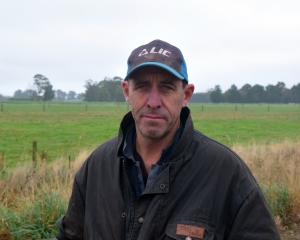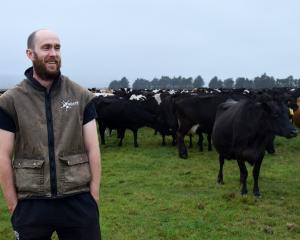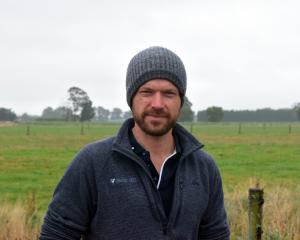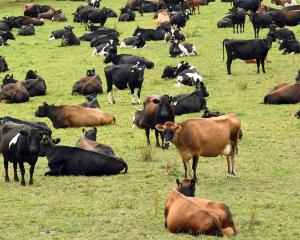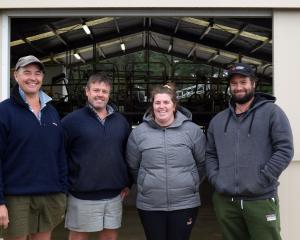A sheep and beef farm near Motueka has been confirmed as having Mycoplasma bovis, the first time the disease has been found in the Tasman region.
The affected property was identified through tracing of animals from known infected farms. It was connected to other infected properties through animal movements, a statement from the Ministry for Primary Industries said.
The farm was now under a Restricted Place Notice, effectively placing it in quarantine lockdown, and all infected groups of cattle would be culled.
While it might be little comfort to infected farmers, progress was being made in the response, response incident controller Catherine Duthie said.
Nationally, the number of active infected properties had dropped to 35, while 28 farms had been cleaned and depopulated and those farmers were ''moving forward with their farming business'', she said.
Last week, five previously infected properties had their IP status lifted. Two were in Canterbury, two were in Otago and one was in Southland.
Meanwhile, a science advisory group, formed to help eradication efforts, had already identified some key priorities for immediate work, chairman Dr John Roche said.
The group held its second meeting last week to start developing a detailed work plan to shape a long-term science strategy.
A workshop would be held in September to get wider input into developing the broader science plan, Dr Roche said.
Members of the newly formed group would provide ''high level'' strategic scientific advice to the M. bovis governance group and contribute on a range of science matters, including. -
- Identifying any critical knowledge gaps and ways to address them, including considering emerging technologies and ideas that may help eradicate M. bovis.
- Prioritisation of M. bovis research efforts.
- Co-ordination of current and future science initiatives relating to M. bovis.
- Learning from other research programmes in New Zealand and internationally.
- Providing assurance that eradication research efforts remain fit for purpose.
The group's members understood it was an unsettling time for many farmers and were moving quickly, Dr Roche said.


